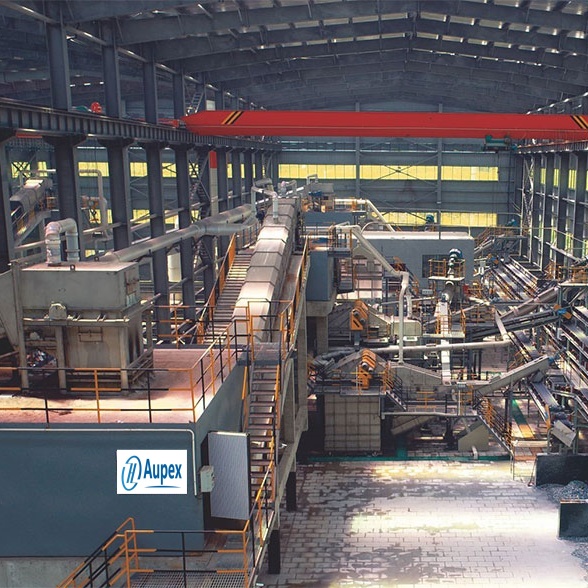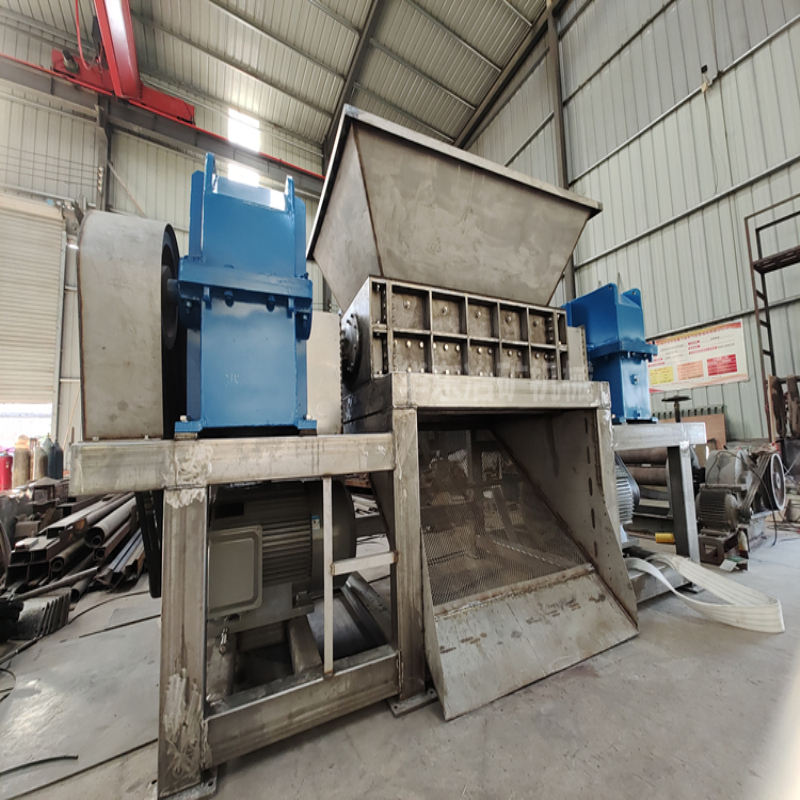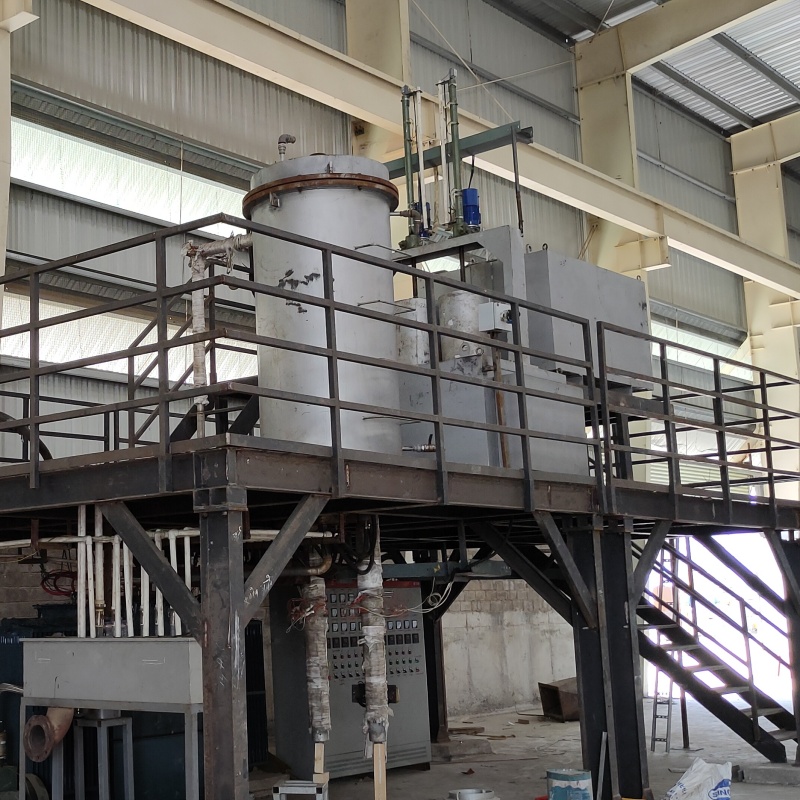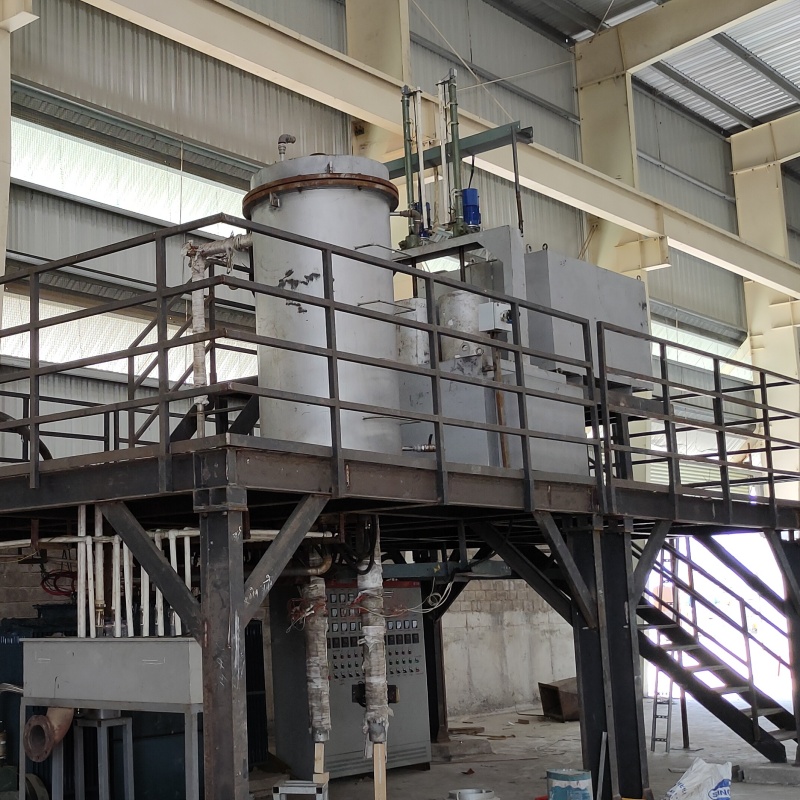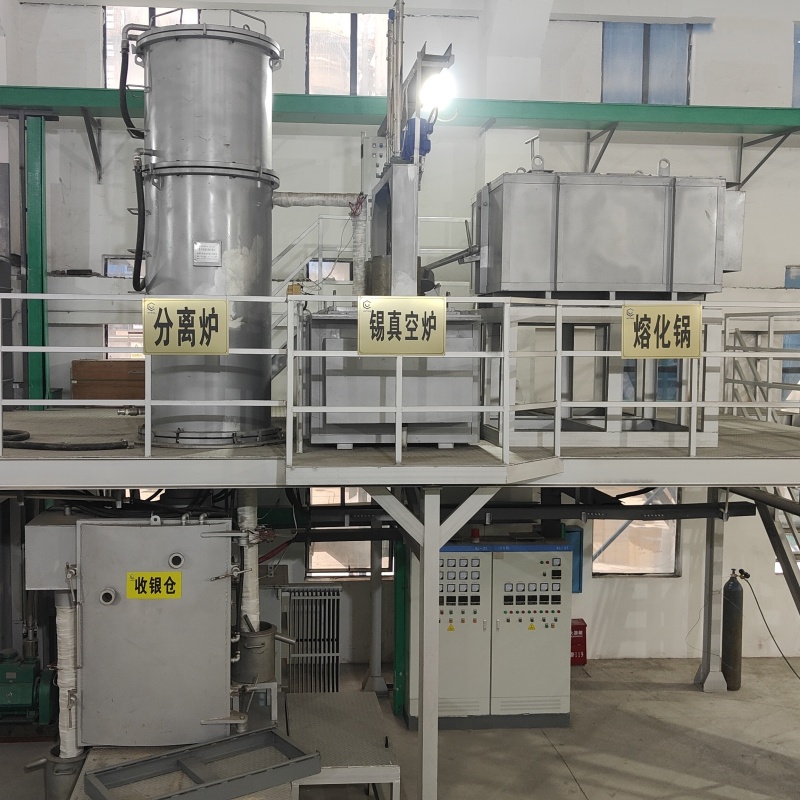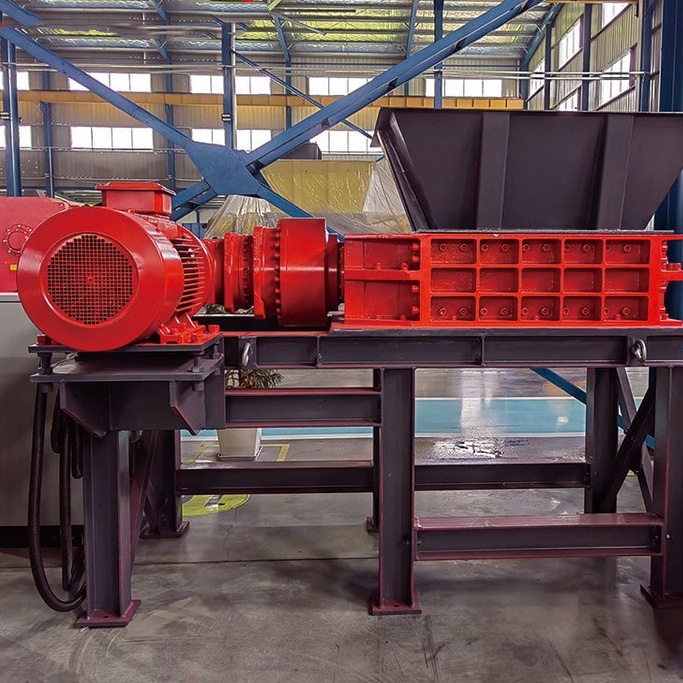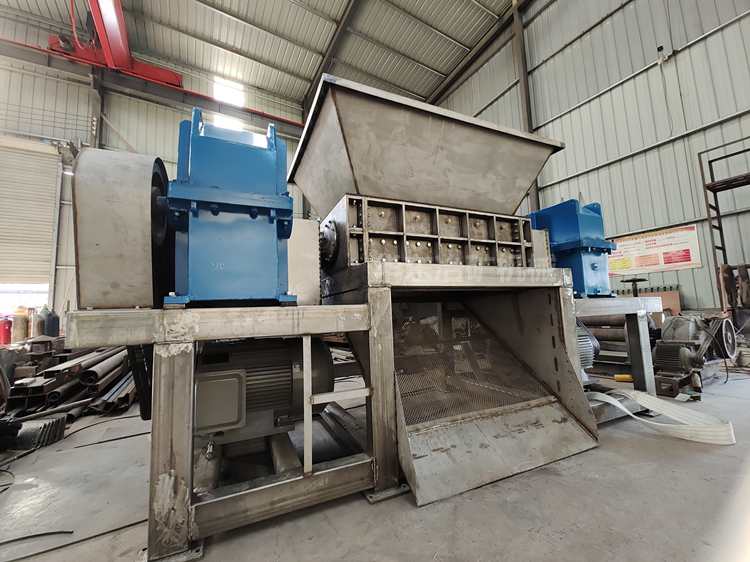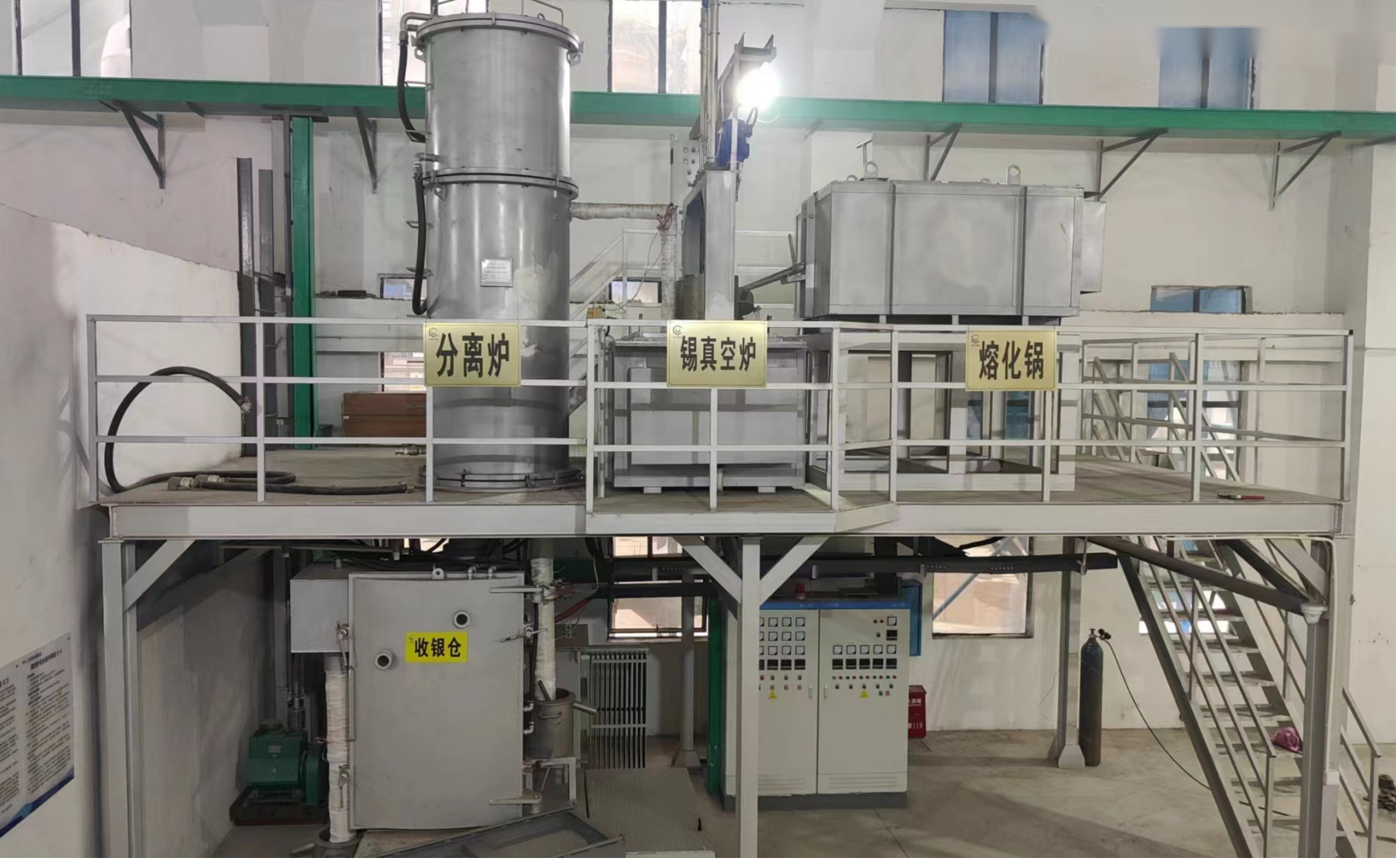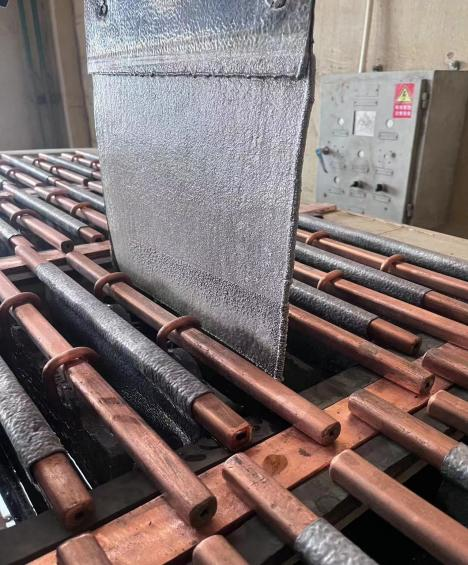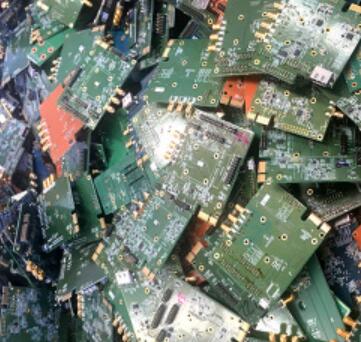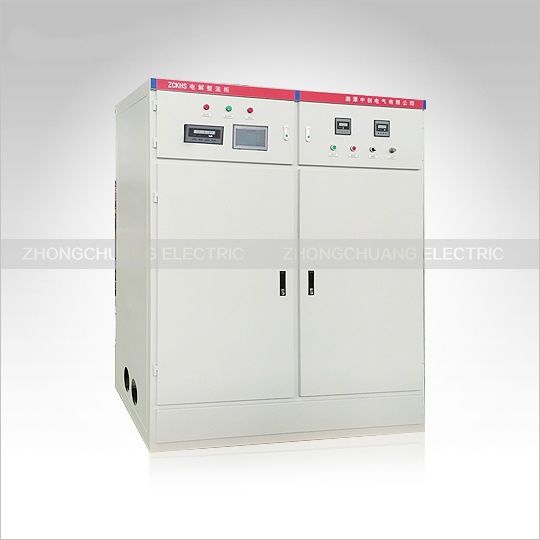Water electrolysis is a relatively convenient method for producing hydrogen. Direct current from a rectifier cabinet is passed through an electrolytic cell filled with electrolyte. Water molecules undergo an electrochemical reaction at the electrodes, decomposing into hydrogen and oxygen. The rectifier cabinet is a key piece of equipment in the water electrolysis hydrogen production process, and its compatibility is extremely important. A complete rectifier system includes a digitally controlled rectifier cabinet, a rectifier transformer (sometimes installed inside the cabinet), and DC sensors. It is typically installed indoors, cooled by pure water, and has input voltages of 10KV, 380V, etc.
Introduction to Thyristor Rectifier Equipment for Hydrogen Electrolysis
I. Applications
This series of rectifier cabinets is mainly used in various types of rectifier equipment and automated control systems for the electrolysis of non-ferrous metals such as aluminum, magnesium, manganese, zinc, copper, and lead, as well as chloride salts. It can also be used as a power supply for similar loads.
II. Main Cabinet Features
1. Electrical Connection Type: Generally selected based on DC voltage, current, and grid harmonic tolerances, with two main categories: double-star and three-phase bridge, and four different combinations including six-pulse and twelve-pulse connections.
2. High-power thyristors are used to reduce the number of parallel components, simplifying the cabinet structure, reducing losses, and facilitating maintenance.
3. Components and fast-fusing copper busbars use specially designed circulating water circuit profiles for optimal heat dissipation and extended component lifespan.
4. Component press-fitting employs a typical design for balanced and fixed stress, with double insulation.
5. Internal water pipes use imported reinforced transparent soft plastic tubing, resistant to both hot and cold temperatures, and with a long service life.
6. Component radiator faucets undergo special treatment for corrosion resistance.
7. The cabinet is fully CNC machined and powder-coated for an aesthetically pleasing appearance.
8. Cabinets are generally available in indoor open, semi-open, and outdoor fully sealed types; cable entry and exit methods are designed according to user requirements.
9. This series of rectifier cabinets adopts a digital industrial control trigger control system to enable the equipment to operate smoothly.
Voltage Specifications:
16V 36V 75V 100V 125V 160V 200V 315V
400V 500V 630V 800V 1000V 1200V 1400V
Current Specifications:
300A 750A 1000A 2000A 3150A
5000A 6300A 8000A 10000A 16000A
20000A 25000A 31500A 40000A 50000A
63000A 80000A 100000A 120000A 160000A
Here are its core features:
1. Extremely High Efficiency and "Electro-Hydrogen Conversion" Performance
Efficiency is the lifeline: Electricity costs account for 70%-80% of the cost of hydrogen electrolysis. Therefore, every 0.1% increase in the rectifier cabinet's conversion efficiency translates to significant operating cost savings. Efficiency is typically required to be >98.5%, with advanced models reaching over 99%.
Low Ripple Factor: The output DC power should be as "pure" as possible, with an extremely low ripple factor. Excessive AC ripple will reduce the efficiency of the electrolyzer, increase side reactions, and may affect electrode lifespan. This places higher demands on rectification technologies (such as multiphase rectification and PWM technology).
2. Ultra-Wide Power Adjustment Range and Fast Response Capability
Adapting to Renewable Energy Fluctuations: This is one of the most significant differences from traditional rectifier cabinets. To work with fluctuating power sources such as wind and solar power, the rectifier cabinet must be able to operate stably and efficiently over an extremely wide power range (e.g., 10%-120% of rated power).
Rapid Dynamic Response: When wind and solar resources experience sudden changes, the rectifier cabinet requires a millisecond to second response speed to quickly adjust its output power, adapting to energy changes and achieving "load follows source," ensuring grid stability and efficient operation of the hydrogen production system.
3. High Degree of Intelligence and Collaborative Control
Deep Integration with Electrolyzer: The rectifier cabinet is no longer an independent power source, but the "heart" of the hydrogen production system. It is deeply integrated with the electrolyzer management system, hydrogen purification system, and renewable energy power plant control system to achieve collaborative optimization.
Multiple Intelligent Operating Modes:
Constant Power Mode: Used when the grid supply is stable.
Automatic Power Point Tracking Mode: Directly receives renewable energy dispatch commands and automatically adjusts power.
Energy Management Mode: Cooperates with the grid and energy storage system to participate in peak shaving and valley filling or primary frequency regulation.
Digital Twin and Predictive Maintenance: Through cloud platforms and big data analytics, real-time monitoring and health assessment of equipment status are performed to achieve predictive maintenance and reduce unplanned downtime.
4. Top-Tier Safety and Reliability Design
Hydrogen Environment Explosion-Proof Considerations: Although the rectifier cabinet is typically installed isolated from the electrolyzer, its design must consider the explosion-proof requirements of the entire hydrogen production plant. The selection of electrical components and cabinet design must meet stringent explosion-proof standards.
Multiple Redundant Protection Systems:
Interlocked with Hydrogen Concentration: The system can immediately cut off the rectifier cabinet's power supply upon detecting a hydrogen leak.
Interlocked with Electrolyzer Temperature, Pressure, and Level: Ensures the rectifier cabinet always operates within the safe operating conditions of the electrolyzer.
Faster Fault Isolation: Prevents hydrogen backfire or electrolyzer damage due to power failure.
24/7 Uninterrupted Operation: Hydrogen production is a continuous process, placing extremely high reliability requirements on the rectifier cabinet. Mean Time Between Failures (MTBF) is a key indicator.
5. Strong Grid Support Capability
High-Quality Power: Advanced rectification technology effectively suppresses harmonics, achieving a high power factor and reducing grid pollution. In some designs, it can even possess a certain reactive power compensation capability, providing support for the power grid.
6. Modularization and Scalability
"Building Block" Expansion: Hydrogen energy projects are typically constructed in phases. The rectifier system adopts a modular design, allowing for easy expansion by adding power modules, much like building blocks, to meet future capacity increases and reduce initial investment costs.
N+X Redundancy: In large-scale hydrogen production projects, multiple power modules are connected in parallel, with backup modules (X) configured to achieve "online hot-swappable" maintenance and system redundancy, ensuring the availability of the entire hydrogen production plant.
Summary: The Core Positioning of the Electrolysis Hydrogen Production Rectifier Cabinet
Compared to traditional rectifier cabinets, the electrolysis hydrogen production rectifier cabinet has evolved from a simple "DC power supply" into an "energy conversion and control system" integrating advanced power electronics technology, digital intelligent control, and energy management functions.
Its core value lies in:
Cost Reduction: Reducing unit hydrogen production power consumption through extreme efficiency.
Efficiency Enhancement: Maximizing the absorption of fluctuating green electricity through wide-range and fast-response capabilities, improving the overall operational efficiency of the hydrogen production system.
Ensuring Safety: Providing a safe and reliable power core for the entire hydrogen production system.
Promoting Integration: Serving as a bridge connecting renewable energy and end-use chemical applications, it is a key piece of equipment for building a new energy system.


